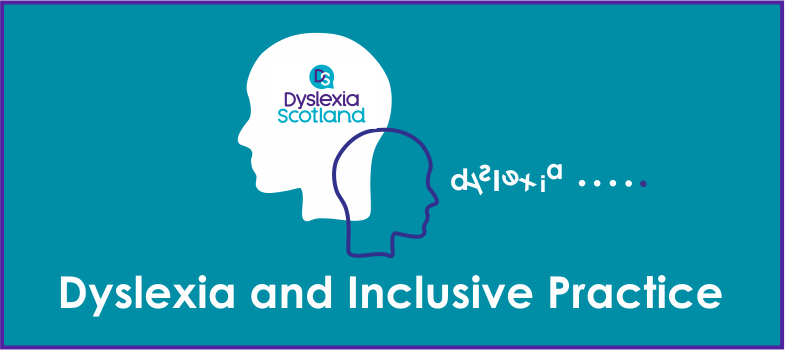1.7.4 Health and Wellbeing
The Health and wellbeing Principles and Practice document states that:
‘Learning in health and wellbeing ensures that children and young people develop the knowledge and understanding, skills, capabilities and attributes which they need for mental, emotional, social and physical wellbeing now and in the future. Learning through health and wellbeing enables children and young people to:
- make informed decisions in order to improve their mental, emotional, social and physical wellbeing
- experience challenges and enjoyment
- experience positive aspects of healthy living and activity for themselves
- apply their mental, emotional, social and physical skills to pursue a healthy lifestyle
- make a successful move to the next stage of education or work
- establish a pattern of health and wellbeing which will be sustained into adult life, and which will help to promote the health and wellbeing of the next generation of Scottish children.
It also enables some to perform at high levels in sport or prepare for careers within the health and leisure industries’.
Everyone within each learning community, whatever their contact with children and young people may be, shares the responsibility for creating a positive ethos and climate of respect and trust – one in which everyone can make a positive contribution to the wellbeing of each individual within the school and the wider community
What is health and wellbeing?
Health and wellbeing is structured into six organisers:
- Mental, emotional, social and physical wellbeing
- Planning for choices and changes
- Physical education, physical activity and sport
- Food and health
- Substance misuse
- Relationships, sexual health and parenthood
Those in bold are the responsibility of all. (Physical activity and sport at early and first levels.)
1.7.3 Numeracy
